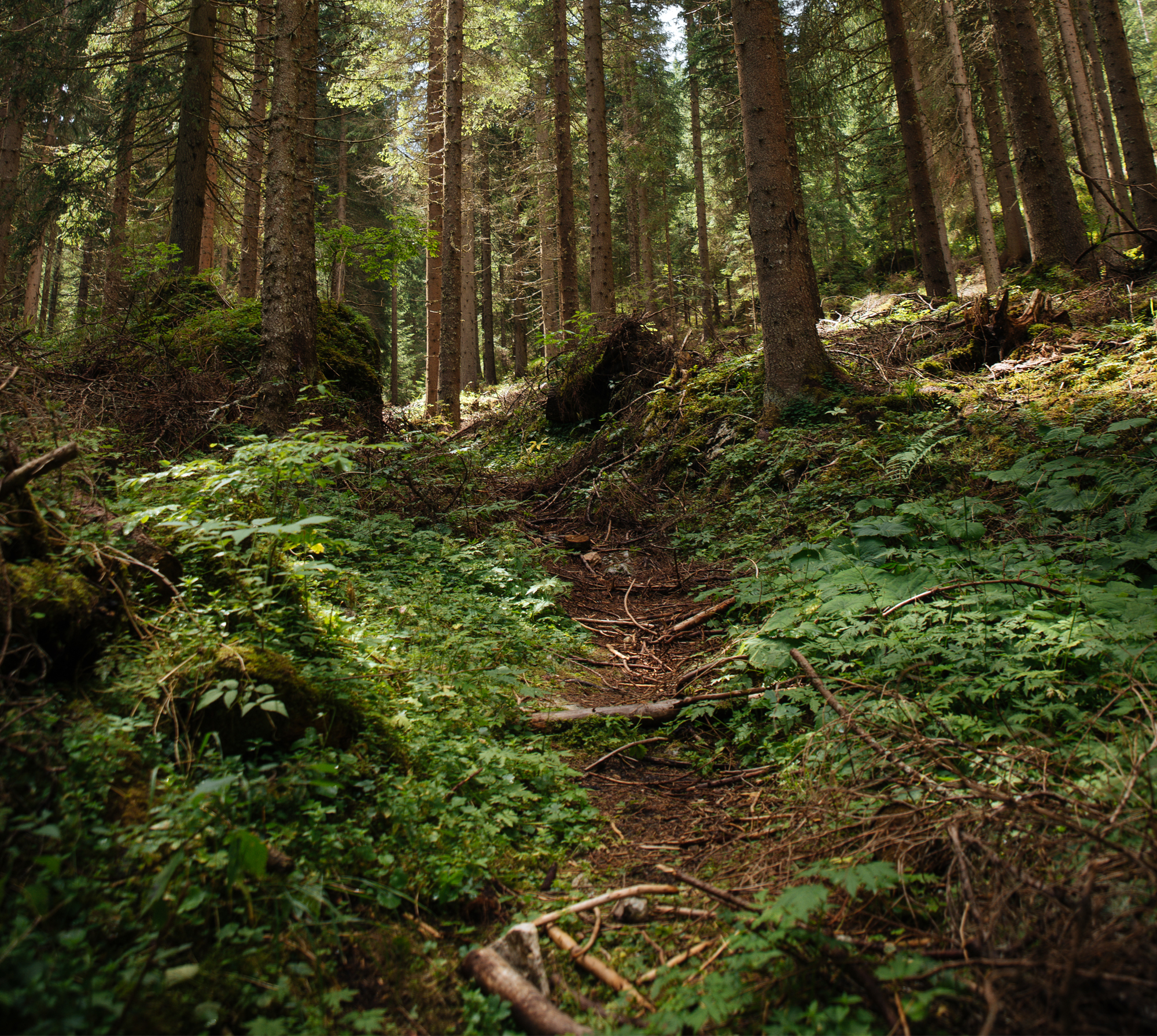Ta strona korzysta z ciasteczek, aby zapewnić Ci najlepszą możliwą obsługę. Informacje o ciasteczkach są przechowywane w przeglądarce i wykonują funkcje takie jak rozpoznawanie Cię po powrocie na naszą stronę internetową i pomaganie naszemu zespołowi w zrozumieniu, które sekcje witryny są dla Ciebie najbardziej interesujące i przydatne.

The growth and mycorrhizal status of Scots pine seedlings planted on a outer dumping ground of the Lignite Mine in Bełchatów using different methods of seedling production
Autorzy
-
Marta Aleksandrowicz-Trzcińska
Warsaw University of Life Sciences – SGGW, Faculty of Forestry, Department of Forest Protection and Ecology
159 Nowoursynowska St., 02-776 Warsaw, Poland
phone: (+48) 0 22 59 38 173
e-mail: marta_aleksandrowicz_trzcinska@sggw.pl -
Włodzimierz Buraczyk
Warsaw University of Life Sciences – SGGW, Faculty of Forestry, Department of Silviculture
159 Nowoursynowska St., 02-776 Warsaw, Poland
phone: (+48) 0 22 59 38 104
e-mail: wburaczyk@wp.pl
Abstract
The study was located in a Scots pine plantation established on the outer dumping ground of the Lignite Mine in Bełchatów using different seedling production methods. The seedlings used in the study were raised in a bare-root forest nursery, a foil greenhouse and a container nursery mycorrhized and not-mycorrhized with the fungus Hebeloma crustuliniforme. The survival of seedlings in the first year after planting, their growth based on height and root collar diameter measurements and the degree of root mycorrhization were determined. The Scots pine seedlings growing under the outer dumping ground conditions were evaluated for their usefulness in silvicultural practice taking account of the method of their production.
| DOI | |
|---|---|
| Source | Folia Forestalia Polonica, Series A – Forestry |
| Print ISSN | 0071-6677 |
| Online ISSN |
2199-5907 |
| Type of article |
original article |
| Original title |
The growth and mycorrhizal status of Scots pine seedlings planted on a outer dumping ground of the Lignite Mine in Bełchatów using different methods of seedling production |
| Publisher | The Committee on Forestry Sciences and Wood Technology of the Polish Academy of Sciences and the Forest Research Institute in Sekocin Stary |
| Date | 14/12/2007 |


